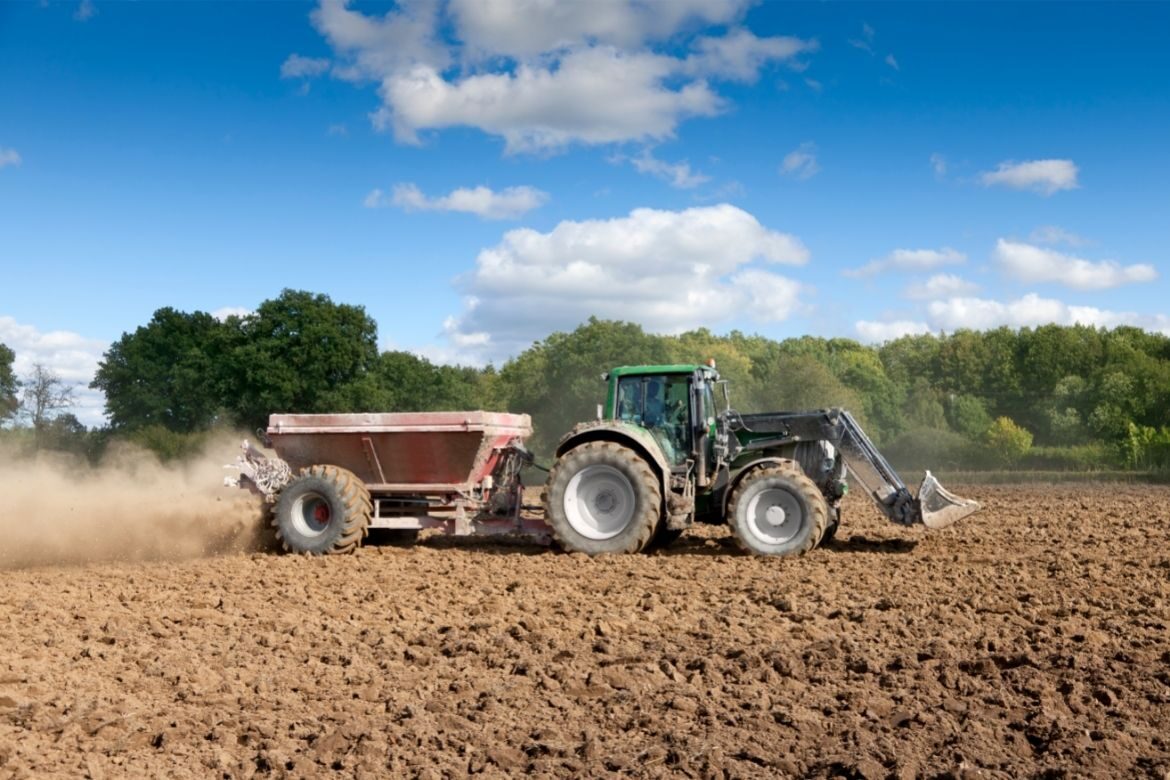Drystock advisor Austin Callaghan from Teagasc Claremorris explains why lime looks set to be the cheapest fertilizer for 2022. Global socio-economic instability has resulted in an additional €250 to the price of a tonne of fertiliser. In the face of current uncertainty, he expands on why it can be described as the engine oil of our soils:
Soil acidity correction and lime application was always the starting point of good nutrient management. When our soils are acidic they don’t function properly. Soils lacking in lime (acidic) will respond below optimum to the fertilisers (fuel) applied. Unlike our engines, soils have nutrients tied up in the organic matter and the clay soil particles.
The breakdown of the organic matter over time releases nutrients mainly nitrogen as well as some phosphorus and sulphur. In acidic soils the breakdown of this organic matter is reduced. Also, in acidic soils much phosphorus can be locked to clay soil particles. Applying lime will release some of this tied up phosphorus.
Not all soils are the same. With soils we tend to compare mineral soils to our peat soils. The soil test result will give two measures of acidity. One measures the acidity is pH and the other the SMP pH (soil buffer pH). The latter gives a better indication of requirements. For example 2 soils could have similar soil pH’s but their SMP pH’s could be considerably different. The SMP pH indicates the lime requirement.
Heavier clay soils may tend to have lower SMP pH. It takes more lime to correct their acidity. However these soils tend to become acidic slower over a period of time. Unlike sandy silty soils they tend to have a higher SMP pH. Unlike the heavier soils they lose lime more quickly and become acidic more quickly. This reflects the fact some of it is washed through soils as rainwater moves down the soil profile. This is more likely to happen in very free draining soils which tend to contain higher levels of sand and silt compared to heavy clay type soils.
For our soils to function properly they cannot be acidic. With the vast increase in fertiliser prices it’s an absolute essential requirement that our soils receive adequate lime applications. There is now no scope to waste chemical or organic fertilisers applied. The maximum response must be achieved from the fertiliser applied.
In excess of 80% of our soils are lacking in lime or phosphorus or potassium. In other words, 20% of our soils give optimum response to the applied nitrogen. This has been talked about for many years, unfortunately it has taken the massive increase in fertiliser prices for many farmers to now start applying lime.
As outlined above you cannot assume how much lime the soil requires and for his reason it is important to take soil samples. Some of the results may be a surprise and lime requirement can be considerably different to what the farmer expected. Over application of lime can also cause problems so soil testing is essential.
Note: It’s now late applying lime to silage fields. It’s best to do so after you’ve taken your final cut in late summer or early autumn.
For more information on lime application, see here.

